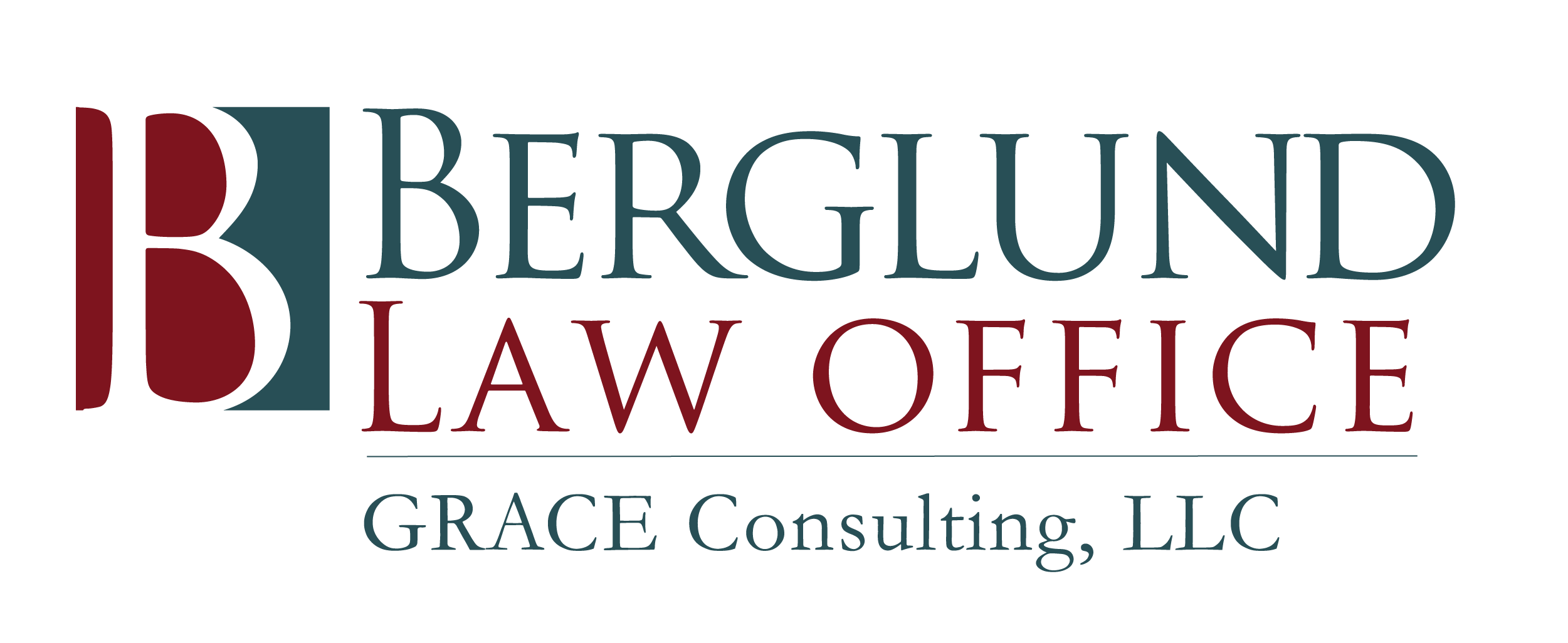
A comprehensive estate plan can do more than simply take care of issues which arise when we die. A good plan can also help you prepare for things that may happen while you are alive. Your plan can help you determine who receives your assets when you die, as well as preserve your legacy after you have passed on. An important consideration for many people during the estate planning process is whether or not they will be able to qualify for the Medicaid program. In Minnesota, the program is also called “Medical Assistance” or “MA”.

Medical assistance can be extremely important in the event you eventually need assistance paying for skilled nursing home services (generally called a “nursing home”), an assisted living or memory care facility, or in-home care. These services are collectively referred to as “long-term care” (“LTC”).
Because Medicaid is a joint federal/state program, its’ rules and regulations are largely established by federal law. However, each state is allowed to establish its own interpretation on implementation of the program. For this reason, the implementation of Medicaid regulations and rules can vary from state-to-state. Your ability to qualify for Medicaid is subject to a limit with respect to the amount of assets you can have. In many states, there is also an income test. Certain assets are generally not “countable resources” for Medicaid qualification purposes. Your personal residence or “homestead” is generally one of these “exempt” assets.

The Medicaid rules provide that you cannot simply wait until you need Medicaid and then give away your excess assets to enable you to qualify. There is a “5-year lookback rule” governing uncompensated transfers or “sales for less than market value”. For this reason, when it comes to Medicaid planning, it is necessary to “think ahead”. At least five years ahead.
